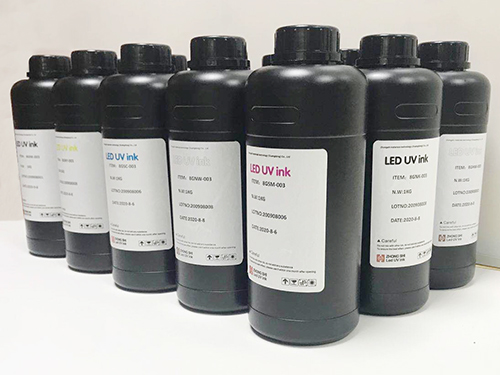Due to its high efficiency, energy conservation, solvent-free emissions, and environmental friendliness, UV flexible ink has been widely used in our daily lives, especially in the advertising industry. Moreover, its performance characteristics are incomparable to other inks. So what are its performance characteristics? Let's take a look together.
(1) Safe and reliable, solvent-free, non flammable, and environmentally friendly, suitable for packaging and printing materials with high hygiene requirements such as food, beverages, tobacco, alcohol, drugs, etc. Flexible ink has been applied in the field of food packaging abroad for many years without any problems.
(2) Good printing adaptability, high quality, no change in physical properties during the printing process, no volatile solvents, stable viscosity, not easy to paste or stack, can be printed with high viscosity, strong ink force, high dot clarity, good step reproduction, bright and glossy ink color, firmly attached, suitable for fine product printing.
(3) It can solidify instantly, has high production efficiency, and a wide range of applications. It has good adhesion on various printing carriers such as paper, aluminum foil, and plastic. After printing, the product can be immediately stacked without adhesion.

(4) Excellent physical and chemical properties. The process of UV curing is a photochemical reaction in which UV ink changes from a linear structure to a network structure, resulting in many excellent physical and chemical properties such as water resistance, alcohol resistance, alcohol resistance, wear resistance, and aging resistance, which are unmatched by other inks.
(5) Low dosage. Due to the absence of solvent volatilization and high effective ingredients, flexible ink can be almost 100% converted into ink film, with less than half the amount used for ink or solvent based ink, and can greatly reduce the cleaning frequency of printing plates and anilox rollers.
Taking into account the above characteristics, UV flexible ink has obvious advantages and development prospects from the perspectives of environmental protection, quality, and technological development.